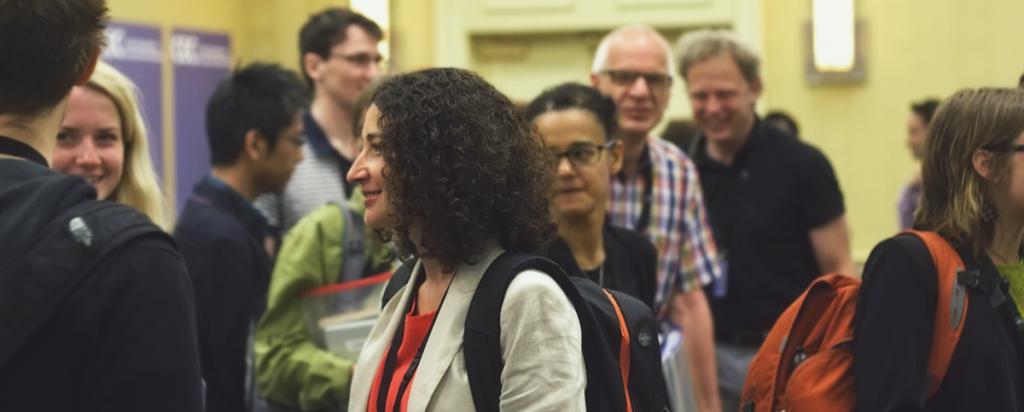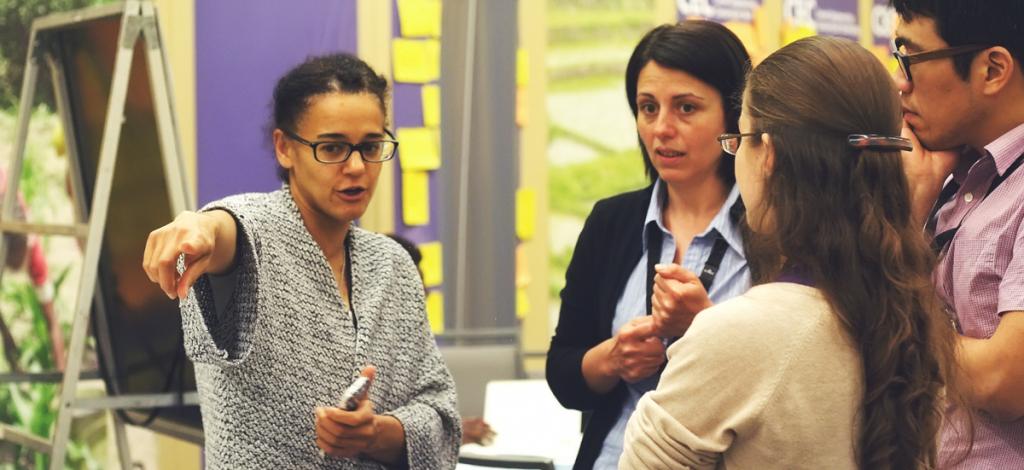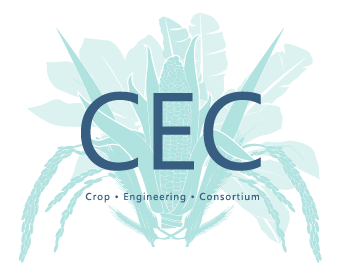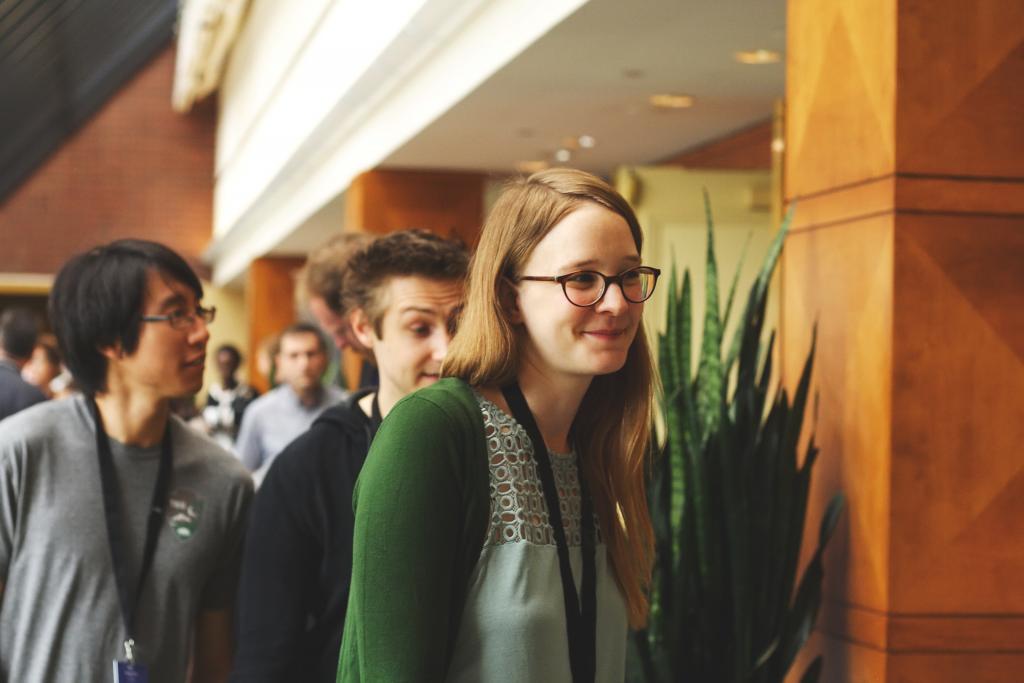The Crop Engineering Consortium is an initiative to coordinate approaches to crop engineering for the benefit of agricultural projects being run for food security and the global good in Europe, USA and Africa. The CEC was originally conceived as an alignment of strategies between three of the largest Gates Foundation-sponsored crop engineering initiatives, ENSA, C4 Rice and RIPE. The support network has since been extended to include researchers from 18 institutions with a shared interest in tackling complex engineering tasks in crops.
Aligning the use of Golden Gate cloning technology between members of the CEC allowed for significant acceleration of all projects through rapid construct assembly. The CEC now provides a gateway to the surrounding technologies of gene synthesis, NGS resequencing and robotic construct assembly at very low cost. This shared, open approach to synthetic biology has resulted in great reductions in development time originally anticipated for many of the projects. The sharing of construct data between projects through online libraries has also become a powerful resource. The CEC has now focused on the concept of coordinated exploration through an extended range of breakthrough technologies in cereal engineering. Participants in this year’s workshop in Boston were put in direct contact with researchers from key new technologies that are predicted to change approaches to cereal engineering.

This year’s CEC workshop focused on identifying a range of cereal engineering breakthrough technologies and their potential applications among the different projects; this year’s meeting however was created to be a far more interactive experience than the conventional science conference. Armed with a pack of giant post-it notes and a pen, each of the forty-six participants were led through to a presentation theatre and listened to condensed talks from project leaders and new break-through technology experts.
“I thought that the format of the meeting was well suited to the aim of trying to identify key bottlenecks and technological solutions to producing cereals with improved yields. I found it really stimulating and particularly enjoyed the shorter format talks.”
– Prof Christine Raines, Univeristy of Essex
Of the project leaders, Chris Voigt of MIT started off the proceedings with a talk on how prokaryotic developments could be used within the field of synthetic biology. Chris was followed by a talk from Giles Oldroyd for ENSA on the progress made towards developing nodulating cereals. Don Ort from RIPE was next with an overview of the seven main ways that RIPE is working to boost photosynthetic efficiency. After Don, Jane Langdale spoke of the steps made towards upgrading rice plants from a C3 plant to a more efficient C4 plant. Finally Anne Osbourn from OpenPlant on the importance of interdisciplinary exchange within the field and opening of access to new technologies to allow greater collaboration. These talks were then followed by Claus Gustafsson on machine learning, Nicola Patrol on CRISPR, Dominique Loque on fine tuning of gene expression, Jim Haseloff on the use of Marchantia, Neal Stewart on synthetic promotor design and finally Dan Voytas on Safe Harbour techniques. Between these quick-fire presentations, questions and ideas were jotted down by the onlookers and collected up.

The afternoon began in a similar vein as we were introduced to an activity Christian had termed, ‘The Marketplace.’ Here, each new technology leader was placed on one of the six round tables and groups of the participants were given twenty minutes of discussion before being rotated to the next table. Each member of the moving groups had to try and conceptually address how that new technology could be used in their own study. The result was an assured one-to-one connection for each of the participants with an expert in an emerging practice and a powerful synthesis exercise for the technology leaders to ascertain not only how many areas their protocols could be used but also the potential of those technologies to be applied in previously unforeseen fields.
On the second day the applicants were tasked with splitting off into small groups of their choosing to try and create a project in ninety minutes using one of the technologies they had spent the previous day discussing to tackle a current issue of food security. These projects were drawn up on flipcharts with hypotheses, techniques and funding estimations which were to be presented to the rest of the group after the time was up. The time drew to an end and the participants were invited to present their projects and vote on others. After going to a final judging panel of the project leaders, the winners were chosen. First place was awarded to Jagger Harvey of the Biosciences East and Central Africa institute (ILRI-BecA) for his method that would allow African farmers to visualise if their maize was infected with fungal aflatoxins; a major issue that causes liver cancer and malnutrition when unknowingly ingested by humans or animals. With the contribution Dr. Harvey was awarded he can begin organising the processes of making this solution a reality which would dramatically benefit the lives of those affected.

